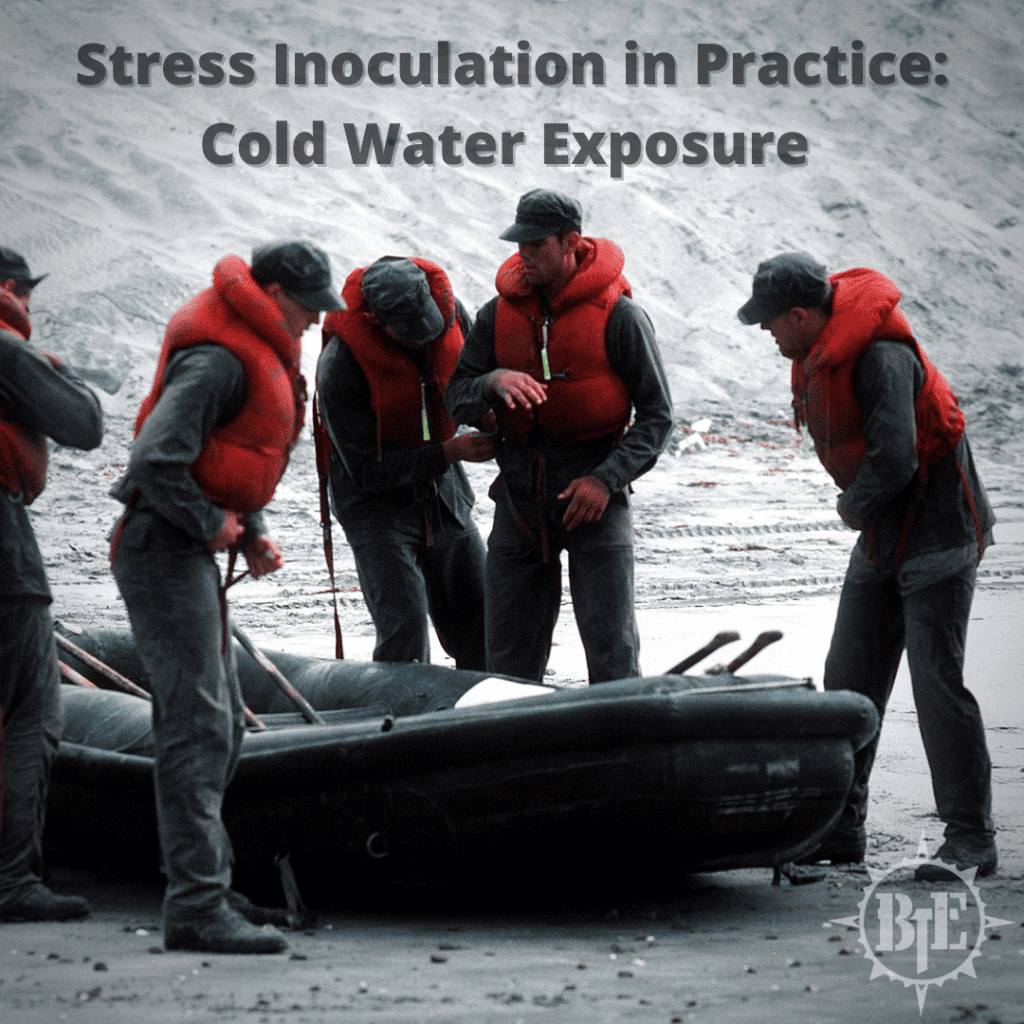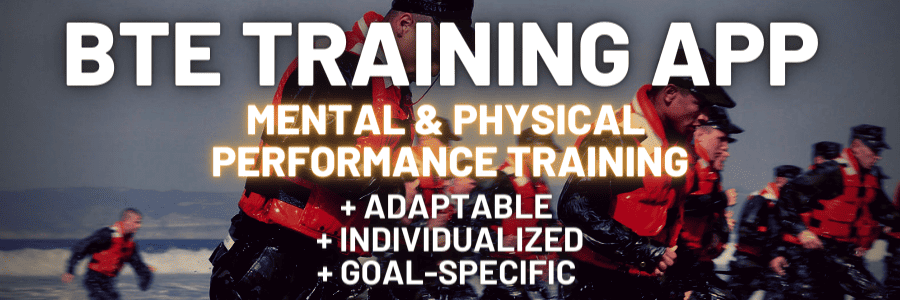“It is according to opinion that we suffer.” – Lucius Annaeus Seneca
One of the main things setting special operators apart from those with less rigorous training is that they don’t break down as much when things go sideways.
It’s not so much that they possess amazing YouTube trick shooting skills, it’s that they don’t lose their ability to quickly and smoothly execute fundamentals in chaotic settings. They have trained the ability to internally regulate their stress response and remain calm under fire no matter what is happening around them.
This happens by design, not by accident.
Stress Inoculation Training, or SIT, is a way of learning to recognize and control your stress response in order to think and perform well under difficult conditions.
SIT has several goals:
- to help people recognize and understand their own natural stress responses;
- to help them learn to control these responses when they emerge;
- to gradually increase the level of difficulty and challenge; and
- to do this in a controlled, relatively safe training environment before exposing them to real-life, more dangerous situations.
A critical and often misunderstood aspect of stress inoculation is that it’s a means of structuring skill practice, and effective practice happens by earning success at the edge of one’s ability. You must have a clear mental model of what you’re trying to practice and what good performance of that skill looks like, and then execute it under conditions that make it difficult to perform, but not impossible.
If you blow past your ability to earn success or don’t have a clear idea of what you’re trying to practice and just torment yourself, you’re not getting better at anything. You’re just suffering needlessly and unproductively. You must carefully adjust the threshold of challenge in your training environment so that you’re always just at the edge of your ability, capable of making and learning from small errors.
If it looks and feels easy, you’re not getting any better at it. If it’s overwhelming and unmanageable, you’re just training yourself to fail.
This cold water exposure exercise is a way of deliberately practicing calm recognition and control of your stress response. It’s an easily scalable way of safely exploring what your mind does when you’re really uncomfortable despite being in no actual danger.
This involves taking a brief cold shower. You’re exposing yourself to a stressor, but you’re only applying that stressor to the extent that you can still struggle your way to success. You want to stay right on the edge of your ability, in the range of “desirably difficult” without crossing over and creating certain failure.
This means that you have to pay close attention to variables like how quickly the temperature change comes on, how cold the water gets, and how long your exposure is. If you just slam the water to freezing cold and mentally freak out, you’re not getting anywhere. You can only make progress by building on earned success.
The drill:
In the shower, adjust the water to the level of coldness that’s right on the edge of your comfort zone. Stand directly under it. Immerse your face and head for at least part of this.
From here, your performance constraints are to stay calm and relaxed, with slow, controlled thoughts. If you start gasping, clenching muscles or mentally running away with racing thoughts, stop and return the water to warm. You have exceeded your limits and the drill will be unsuccessful. Next time, set your stressor at a lower level.
Next, start to look inward at what’s happening in your mind in response to the cold water. This can be a good place to consider other drills like the ABC drill, to examine the rationality of your responses.
Ask yourself:
- Who or what is in control right now?
- How do I instinctively want to respond?
- How am I choosing to respond? Why?
- Does this feel like a threat?
- Is it a real threat?
- Will this kill me or cause tissue damage?
- What thoughts are coming up?
- What emotion am I experiencing?
Go deeper into those thoughts and feelings – what is this sensation, really? What color is it, what does it taste like, does it manifest in a particular part of your body or in a particular way?
Begin a relationship with that panicky stress response. Learn to recognize and control it. Don’t run away from it. Don’t dissociate. Look more closely, with curiosity.
After anywhere from ten seconds to a few minutes, you’re done. Go back to your hot shower and enjoy the warmth.
This exercise is a way of developing a secondary emotion, which is a reflexive response to another emotion. You’re building on the idea that panic is often the first stage of death and training yourself to immediately recognize and regulate your stress response in order to retain control over your thoughts and actions during intense and potentially critical moments.
With practice, this becomes less something that you have to consciously think through and more a part of who you are. It goes from being something that you know to something that you naturally do.



